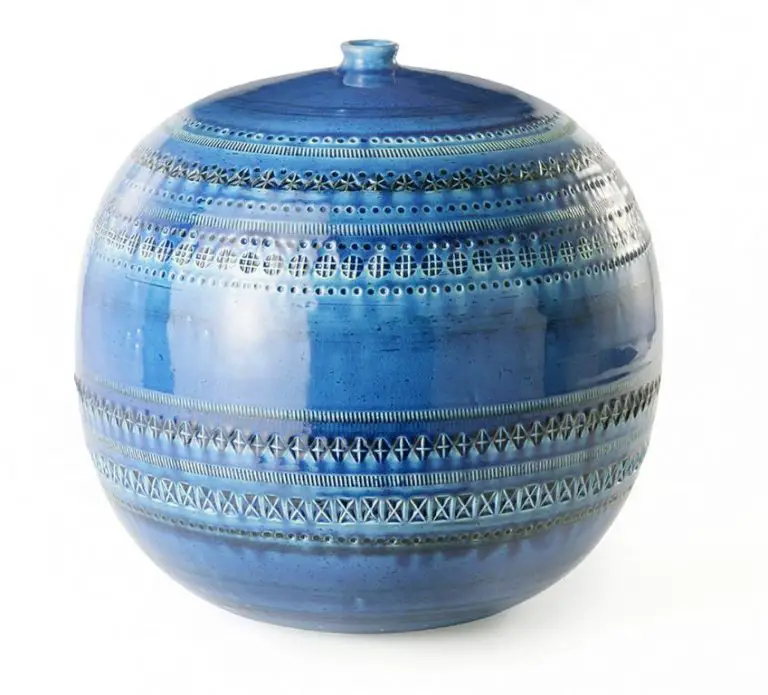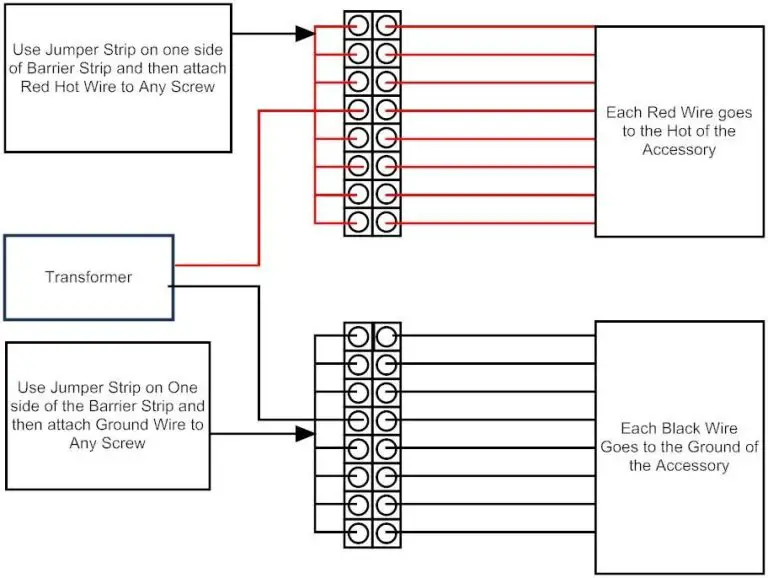What Elements Do You Need To Make Clay?
Clay is a natural material that has been used for centuries to create pottery, sculpture, and construction materials. Clay is composed mainly of fine-grained minerals and has plasticity when wet, allowing it to be molded into different shapes. When fired at high temperatures, the clay hardens into a ceramic material.
Throughout history, clay has been essential for making objects like bricks, tiles, dishes, art, and more. Clay is abundant, available worldwide, and relatively inexpensive, making it a versatile material accessible to many cultures over time. Today, clay remains an important material in numerous industries and art forms.
Definition of Clay
Clay is a naturally occurring material composed primarily of fine-grained minerals, which is generally plastic at appropriate water contents and will harden with dried or fired. Geologically, clay is a sedimentary deposit consisting of very fine particles less than 2 micrometers in diameter. It is a result of the weathering and erosion of rocks over long periods of time.
The composition of clay varies depending on its source and location, but it generally contains phyllosilicate minerals such as kaolinite, montmorillonite-smectite, illite, and chlorite. Clays form when rocks break down into fine particles and are transported by water, then deposited as sediment where they consolidate. The small size of the clay particles gives clay unique properties including plasticity when wet, hardness when dried or fired, and ability to adsorb and retain water and exchange cations.
Composition of Clay
Clay is composed of several different minerals and other components that give it its unique properties. The primary chemical components that make up the structure of clay are:
- Silicon dioxide (SiO2) – This is the main component of most clays and is what gives clay its hardness and strength. Silicon dioxide molecules bond together to form tetrahedral sheets.
- Aluminum oxide (Al2O3) – Aluminum often substitutes some of the silicon in the tetrahedral sheets. This substitution gives clay plasticity.
- Water (H2O) – Water is absorbed between the stacked layers of clay minerals and allows the layers to slide over one another. This contributes to the plasticity of clay.
- Iron oxide (Fe2O3) – Iron oxide colors clay red, brown, or yellow. The amount and type of iron oxide impacts the color of the fired clay.
- Alkaline earth metals – Calcium, magnesium, and sodium ions help stabilize clay particles through ionic bonds.
The variable ratios of these chemical components, along with other minerals and organic matter, differentiate the many types of clay. Understanding clay’s composition helps explain its unique physical and chemical properties.
Clay Minerals
Clay is composed of a variety of phyllosilicate minerals that give clay its plasticity. The different clay minerals are characterized by their layered crystalline structure and chemical composition. The most common clay minerals include:
- Kaolinite – This is the most abundant clay mineral. It is made up of layered sheets of silica tetrahedrons and alumina octahedrons. Kaolinite has low shrink-swell capacity and low cation exchange capacity.
- Montmorillonite – This clay mineral is made of aluminum sandwiched between two layers of silica. Montmorillonite has a high shrink-swell capacity and high cation exchange capacity. It is commonly used in clays for pottery.
- Illite – This clay mineral has a structure similar to mica. It contains potassium ions between its layered sheets. Illite has moderate shrink-swell properties.
- Chlorite – This group of clay minerals has a structure similar to mica but with magnesium or iron substituted for aluminum in the mineral structure. Chlorite has low shrink-swell capacity.
- Smectite – This includes clay minerals like montmorillonite that have the ability to absorb significant amounts of water. These types of clay exhibit high shrink-swell capacity.
The specific clay minerals present in clay determine its plasticity, shrinkage, hardness, and other physical properties when fired. Clays used for pottery often contain a mixture of these clay minerals.
Properties of Clay
Clay has unique properties that make it ideal for pottery, sculpting, and other shaping applications. The key properties of clay include:
Plasticity – This refers to the ability of clay to be shaped into different forms without breaking or cracking. Clay becomes pliable and moldable when mixed with the proper amount of water. This allows potters and artists to form clay into pottery, sculptures, bricks, and more.
Shrinkage – When clay dries, the water evaporates causing the clay to shrink slightly in size. Controlled shrinkage allows pottery and ceramics to maintain their strength and structure. However, too much shrinkage can cause cracks and breakage.
Adhesiveness – Clay particles are sticky and bond together well. This gives clay the ability to be molded and shaped, and allows joins and attachments to be made when creating pottery and sculpture.
Absorbency – The porous nature of clay allows it to absorb water and moisture. This aids in the molding and shaping process, as water can be added to make the clay more workable. However, too much moisture can undermine the structural integrity of clay over time.
Durability – When clay is fired at high temperatures, chemical changes occur that turn the soft clay into a hard, durable ceramic material. Items made from properly fired clay become very strong and resistant to weathering.
Sources of Clay
Clay is abundant in many parts of the world. Some of the main sources where natural clay deposits can be found include:
– China – China has an ample supply of kaolin and ball clay reserves, particularly in the south and east. Jiangxi, Guangdong, and Guangxi are the top kaolin-producing provinces.
– Brazil – Brazil possesses high-quality kaolin reserves, along with other types of clay like bentonite. The Amazon region is one of the leading areas for clay deposits in the country.
– India – India has sizable reserves of ball clay, kaolin, and other clays across states like Rajasthan, Kerala, West Bengal, and Gujarat.
– United States – In the US, there are substantial kaolin deposits in Georgia as well as bentonite clay in Wyoming and ball clay in Tennessee among others.
– Ukraine – Ukraine has an abundance of kaolin clay deposits, particularly in the central and southern oblasts like Dnipropetrovsk and Zhytomyr.
– Germany – Rich kaolin deposits can be found across Germany, especially in Saxony, Bavaria, and Thuringia. The country is one of the leading kaolin producers in Europe.
– United Kingdom – The UK has traditionally had substantial reserves of ball and fire clay, once heavily mined in England, Scotland and Wales.
– Australia – Deposits of ball clay, bentonite and kaolin can be found in Australia, with major reserves located in the south and east.
– France – France has reserves of kaolin clay, predominantly in the Limousin region in the central south.
Other countries with significant clay deposits worldwide include Turkey, Kazakhstan, Uzbekistan, Mexico, Czech Republic, Spain, and Argentina among others.
Clay Extraction
Clay is extracted from the earth through a process known as surface mining. There are several techniques used in surface mining, depending on factors like the type of clay being mined and the location of the clay deposit.
Some common surface mining techniques used for clay extraction include:
- Open-pit mining – Removing clay from an open pit or burrow.
- Strip mining – Removing surface layers of soil to expose underlying clay deposits.
- Dredging – For clay buried under water, using dredgers to scoop up clay deposits from riverbeds, lakes, and oceans.
In surface mining, heavy equipment is used to remove the overburden (surface layers above the clay). Power shovels, draglines, and bucket wheel excavators dig into the clay deposit and load the clay onto trucks or conveyors. The mined clay is then transported to a processing plant.
Underground mining is rarely used for clay extraction, as most clay is available near the earth’s surface. Underground mining would only be considered if a very valuable or rare clay deposit were located deep below ground.
Once extracted, raw clay still contains impurities and mineral deposits like gravel, sand, silt, and organic matter. Further refining and processing is required to prepare the clay for commercial use in materials and manufacturing.
Clay Preparation
After extracting raw clay from the ground, it goes through a purification and preparation process before it can be used for pottery, sculpture, or other applications.
The first step is to break up large clumps of clay and remove rocks, roots, and other debris. This can be done by hand or by crushing the clay mechanically. Once the clay is broken up, it is mixed with water to create a wet slurry or “slip.” This slip is poured through screens to filter out remaining particles and lumps.
The next step is called blunging or wedging. Here the clay slip is mixed and kneaded to achieve an even consistency. This removes air pockets and ensures the clay particles are fully dispersed in the water. Different clays require different degrees of blunging based on their composition.
After blunging, the clay may go through a degritting process to remove sand particles. This can involve sieving, sedimentation, or chemical additives to help the sand settle out. Some clays require the addition of grog or chamotte, which are granular materials that help strengthen the raw clay body.
Before use, prepared clay is aged or stored to achieve desired consistency and plasticity. The aging process allows time for chemical reactions to occur between clay particles suspended in the water. This improves the clay’s workability and stability.
Understanding the steps involved in clay preparation allows potters and artists to better control the quality of the raw clay for their creations.
Clay Shaping
There are several techniques that can be used to shape clay into products:
Handbuilding involves shaping clay by hand without the use of a pottery wheel. Common handbuilding techniques include:
- Pinching – pinching and pulling the clay into shape
- Coiling – rolling clay into long coils then stacking and blending the coils
- Slab construction – rolling out flat slabs of clay and joining them together
- Sculpting – manipulating the clay into freeform shapes
Wheel throwing is done on a pottery wheel. The clay is centered on the wheel then shaped by applying pressure as the wheel spins. Throwing allows symmetrical pieces to be created with thinner walls.
Molding involves pressing soft clay into plaster molds to achieve an exact shape. The clay takes on the reverse form of the mold as it dries.
Extruding uses an extruder machine to push clay through a die to create a continuous piece with a fixed cross-sectional profile. The extruded pieces can then be cut to length.
Choosing the right shaping technique depends on the type of clay being used and the desired characteristics of the final product. Most methods can create unique pieces of pottery, sculpture, or other clay objects.
Conclusion
In summary, clay is an incredibly versatile material composed primarily of clay minerals that demonstrate plasticity when mixed with water. Understanding the elemental composition of clays provides insight into their unique properties and how they can be shaped, fired, and finished into useful and decorative items. The main elements that make up the structure of clay minerals are silicon, oxygen, aluminum, potassium, calcium, and magnesium. The proportions and arrangements of these elements influence clays’ plasticity, firing characteristics, color, and more. Knowledge of clays’ elemental makeup allows potters and ceramicists to select the most suitable clay for their purposes and employ the optimal techniques for preparation, shaping, and firing. Overall, comprehending the underlying chemical composition of clays enables full utilization of their tremendous potential across countless applications.




